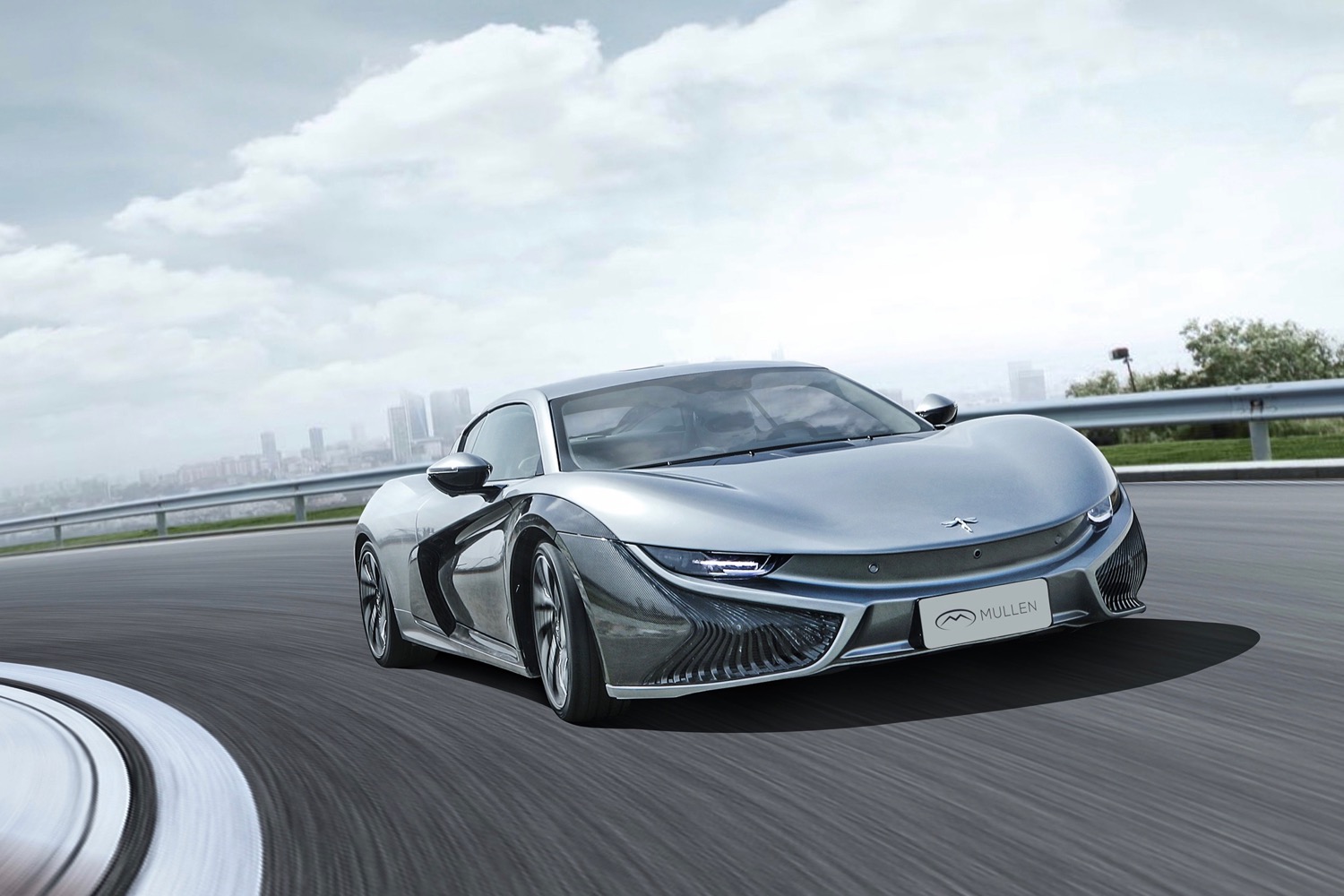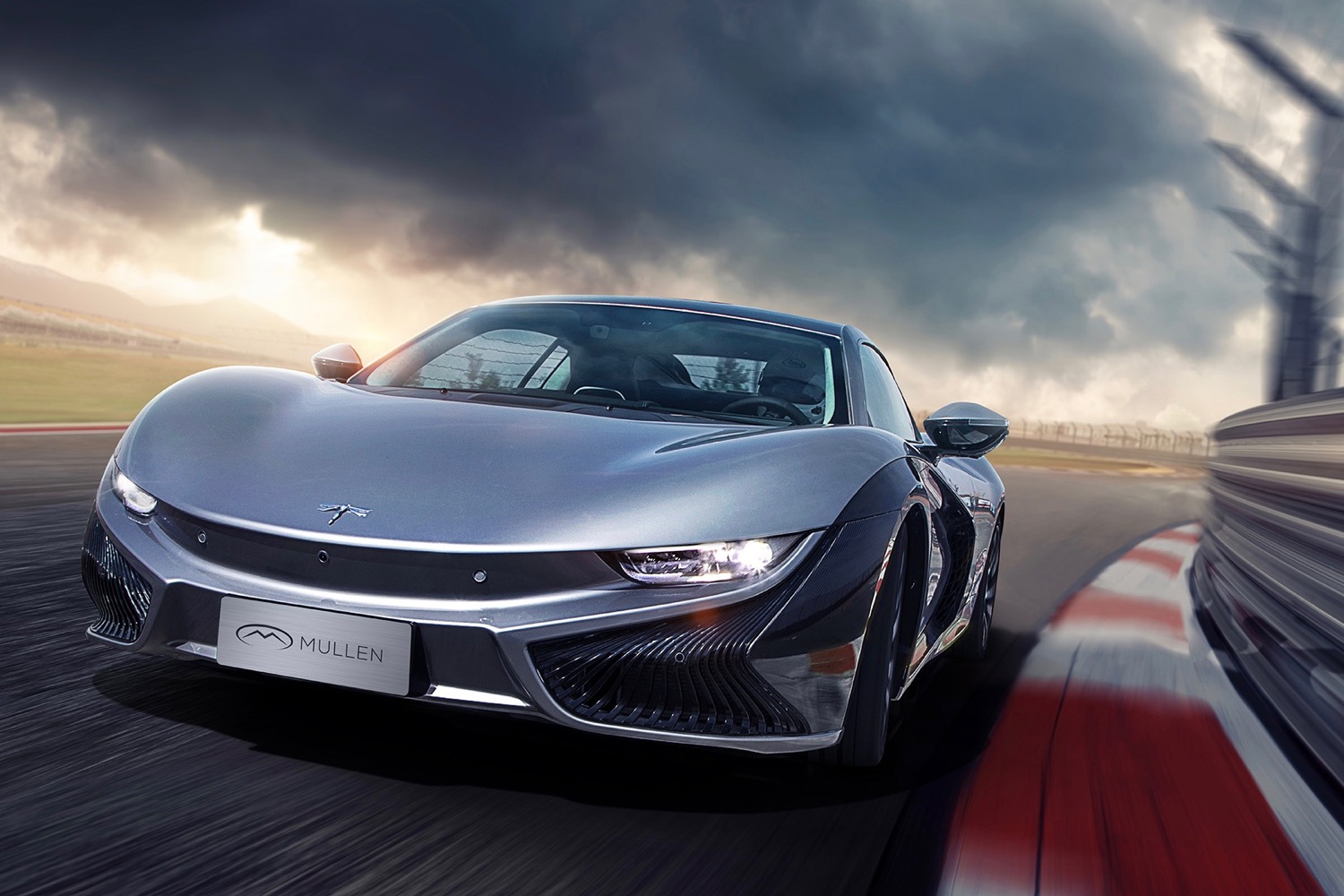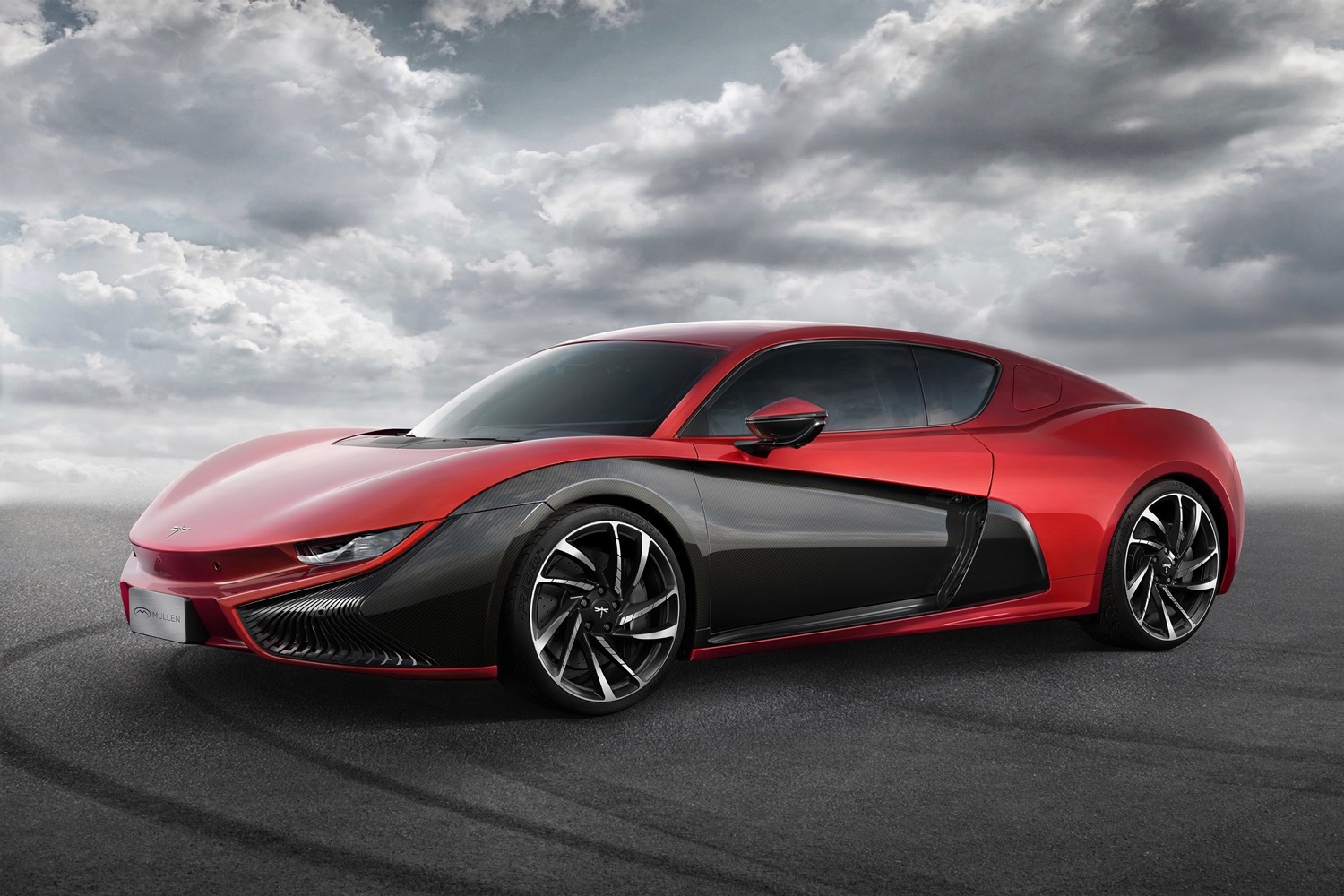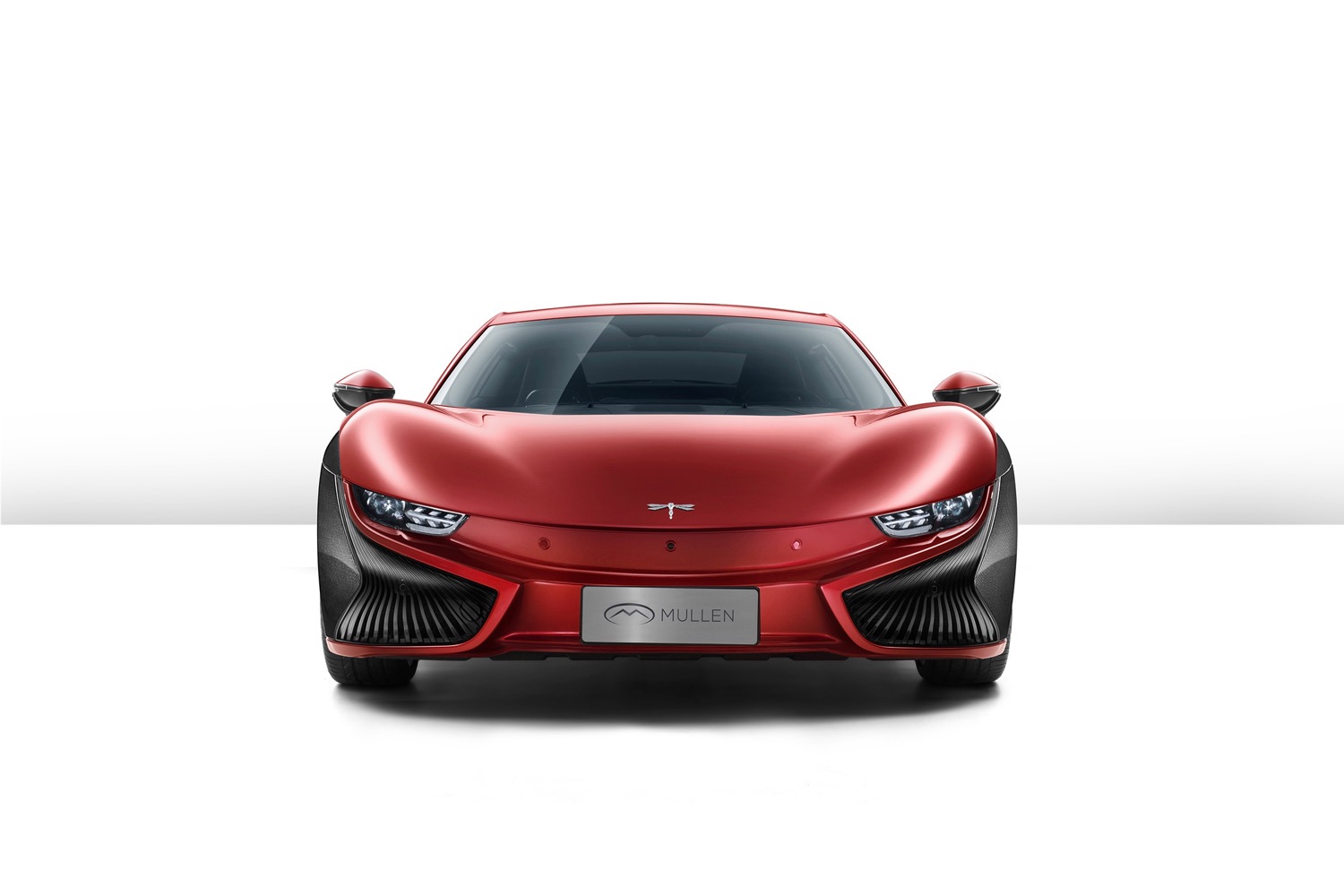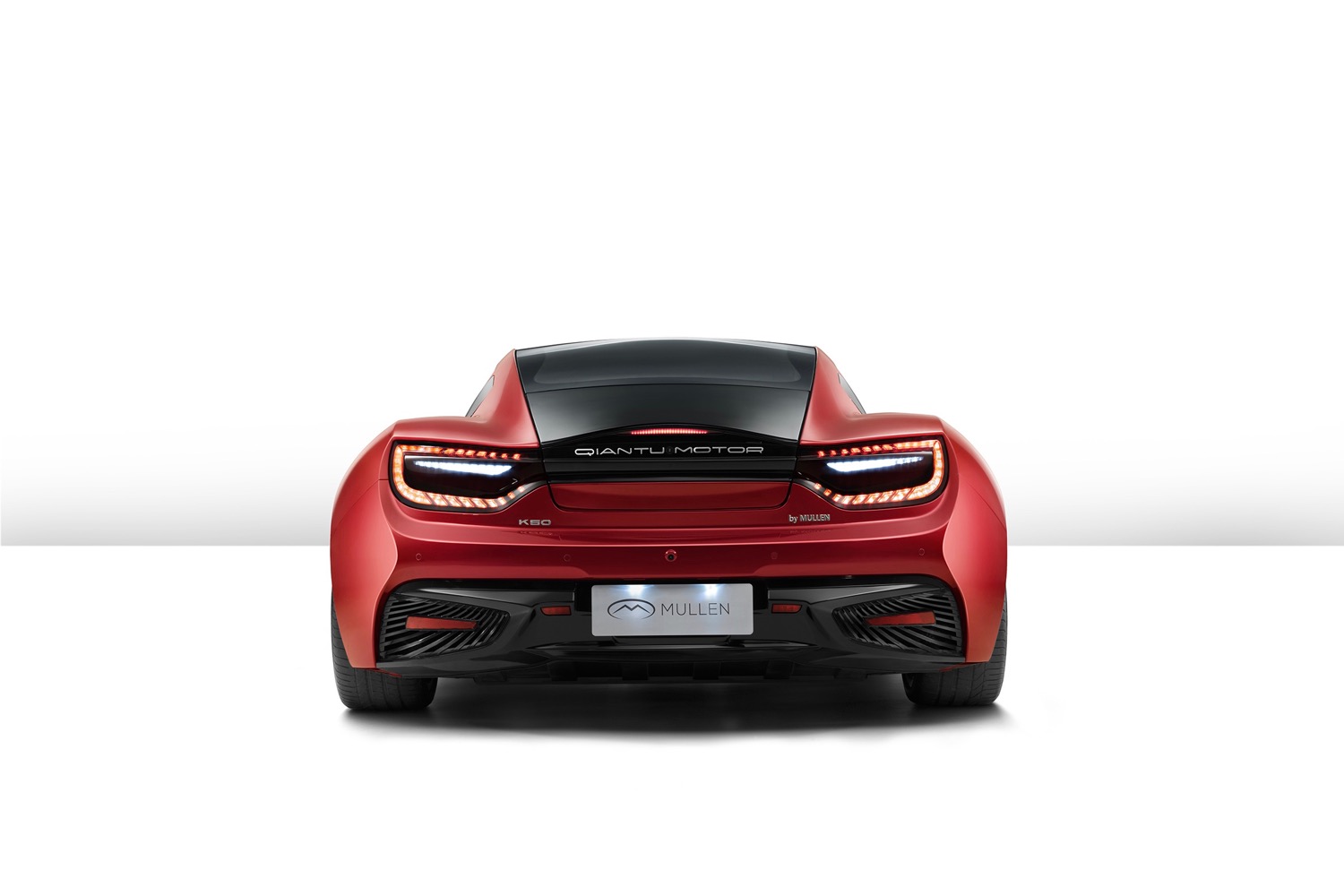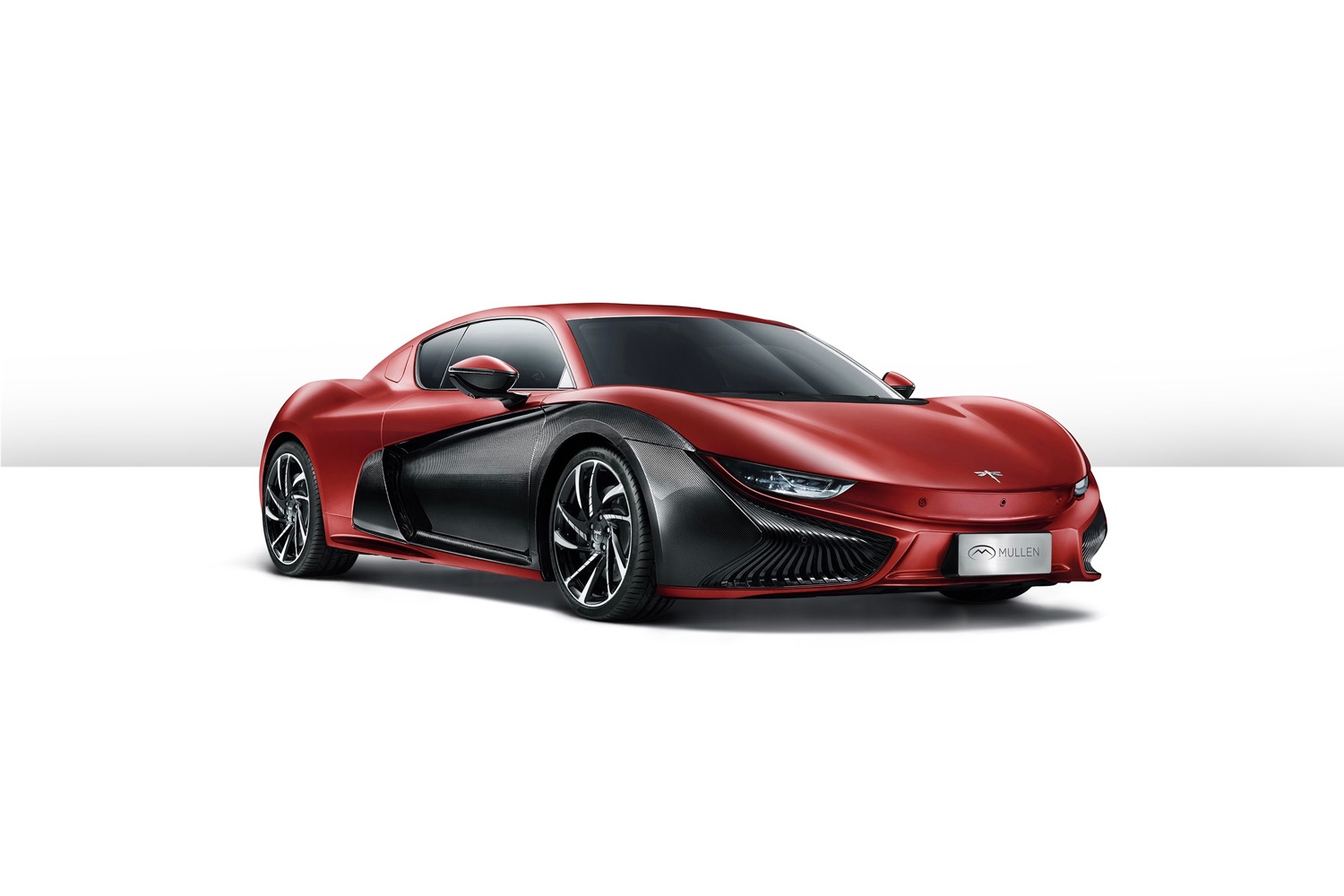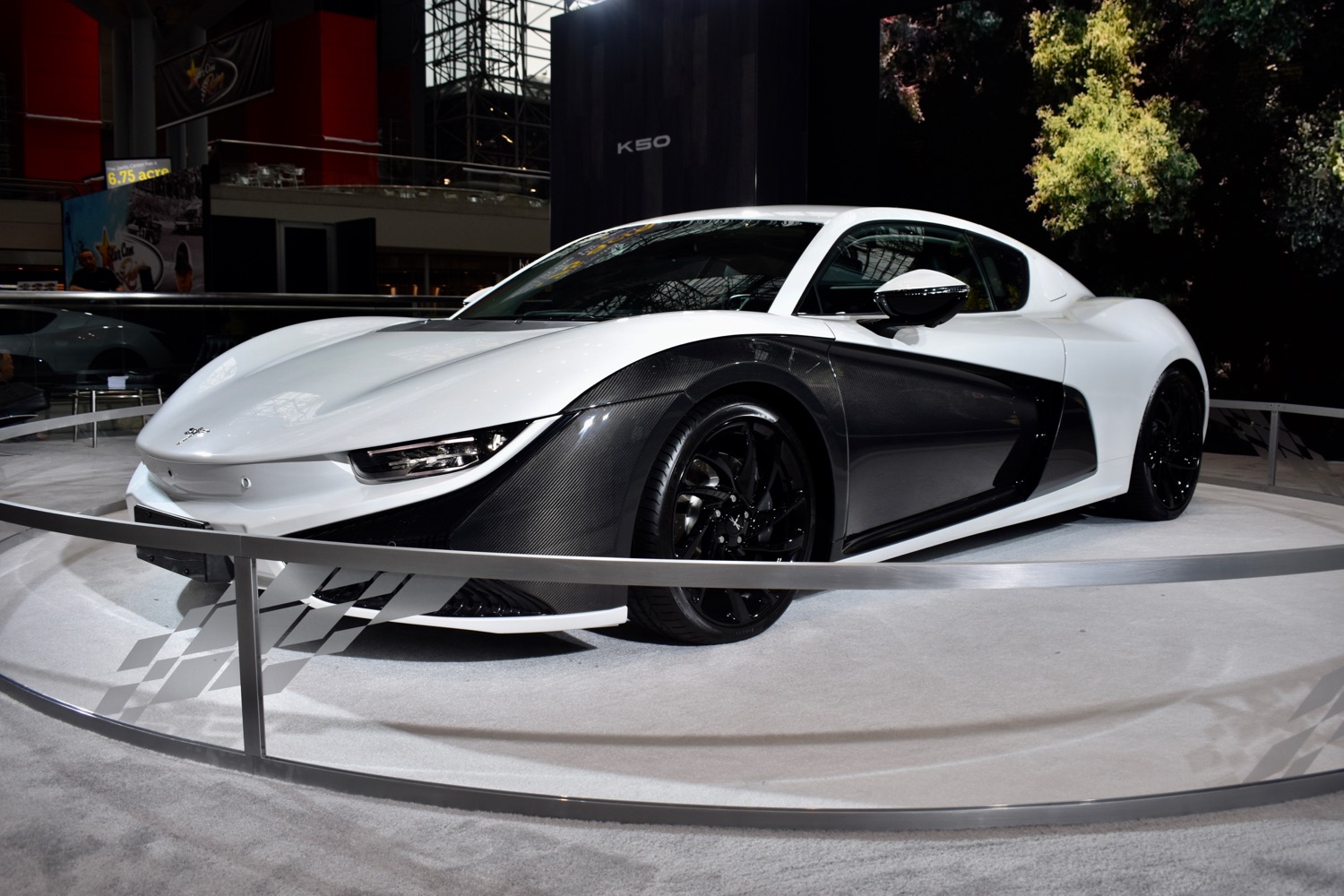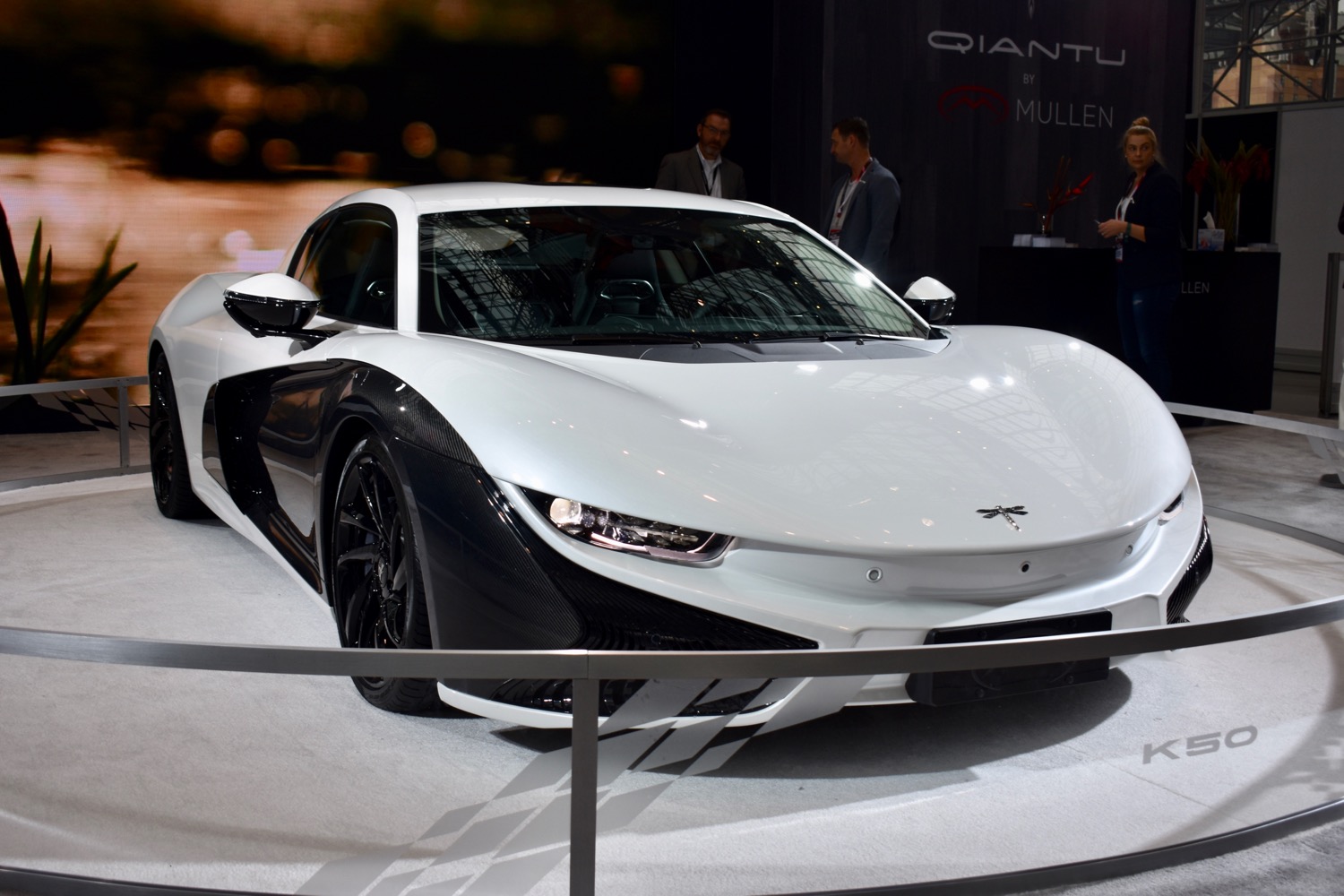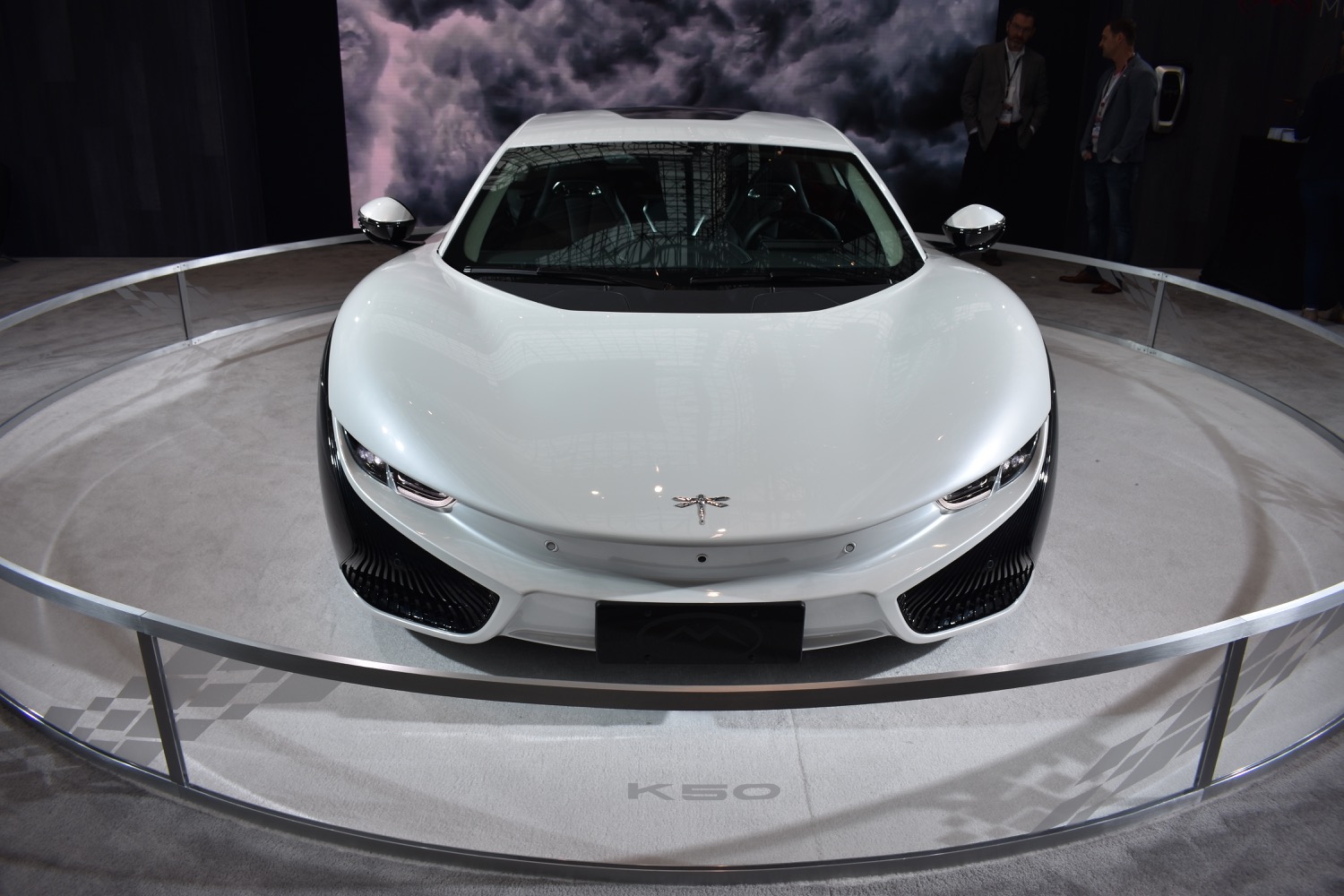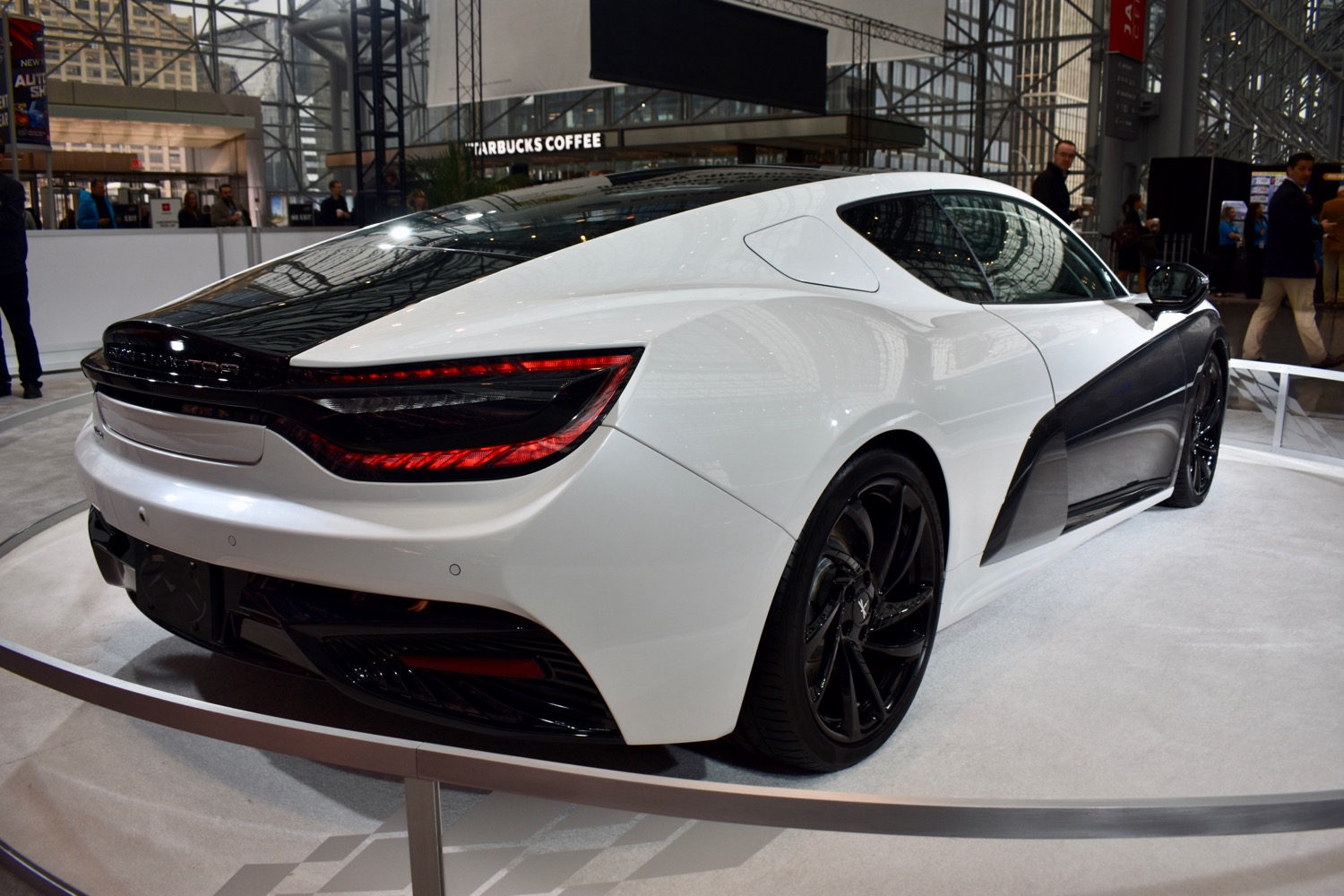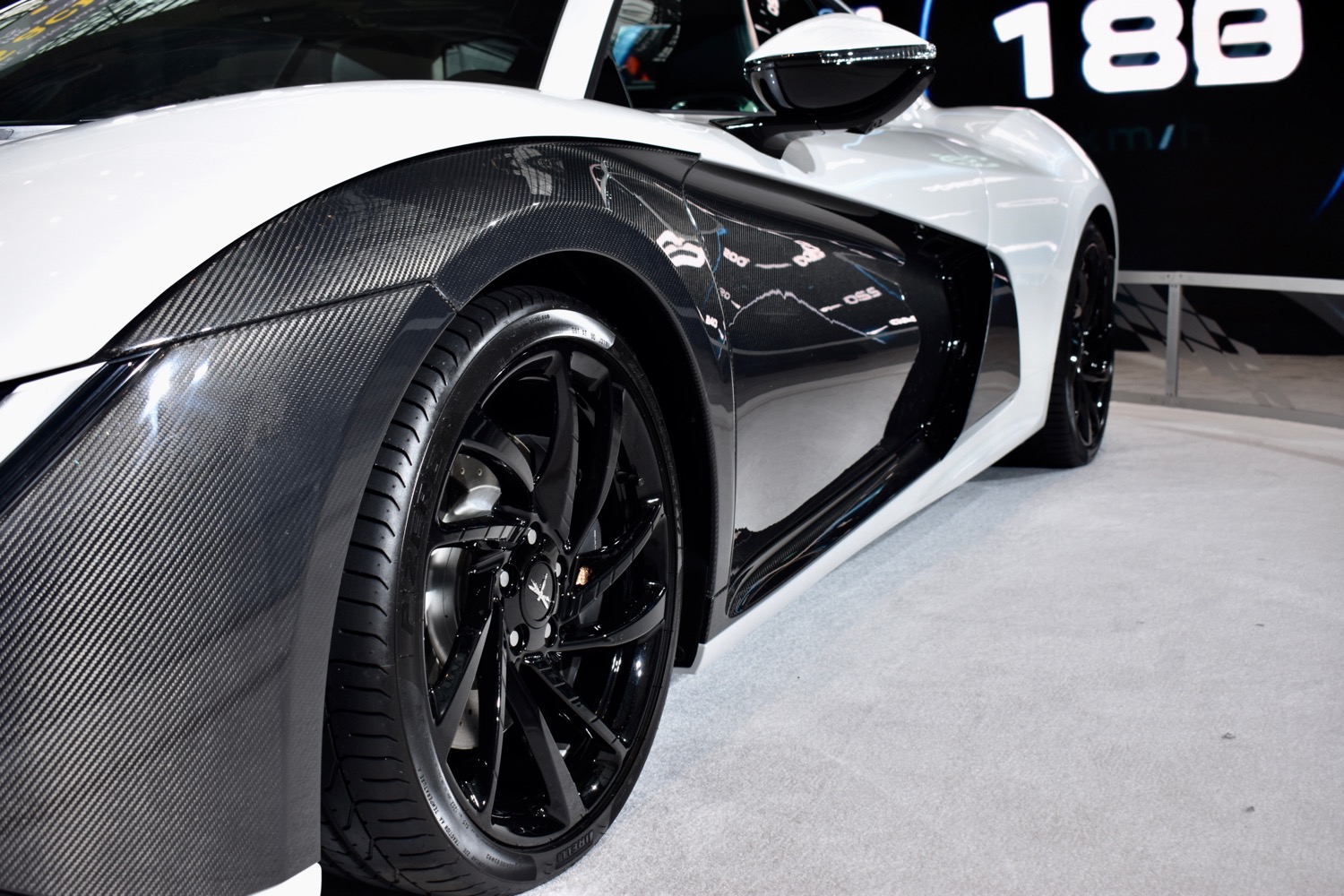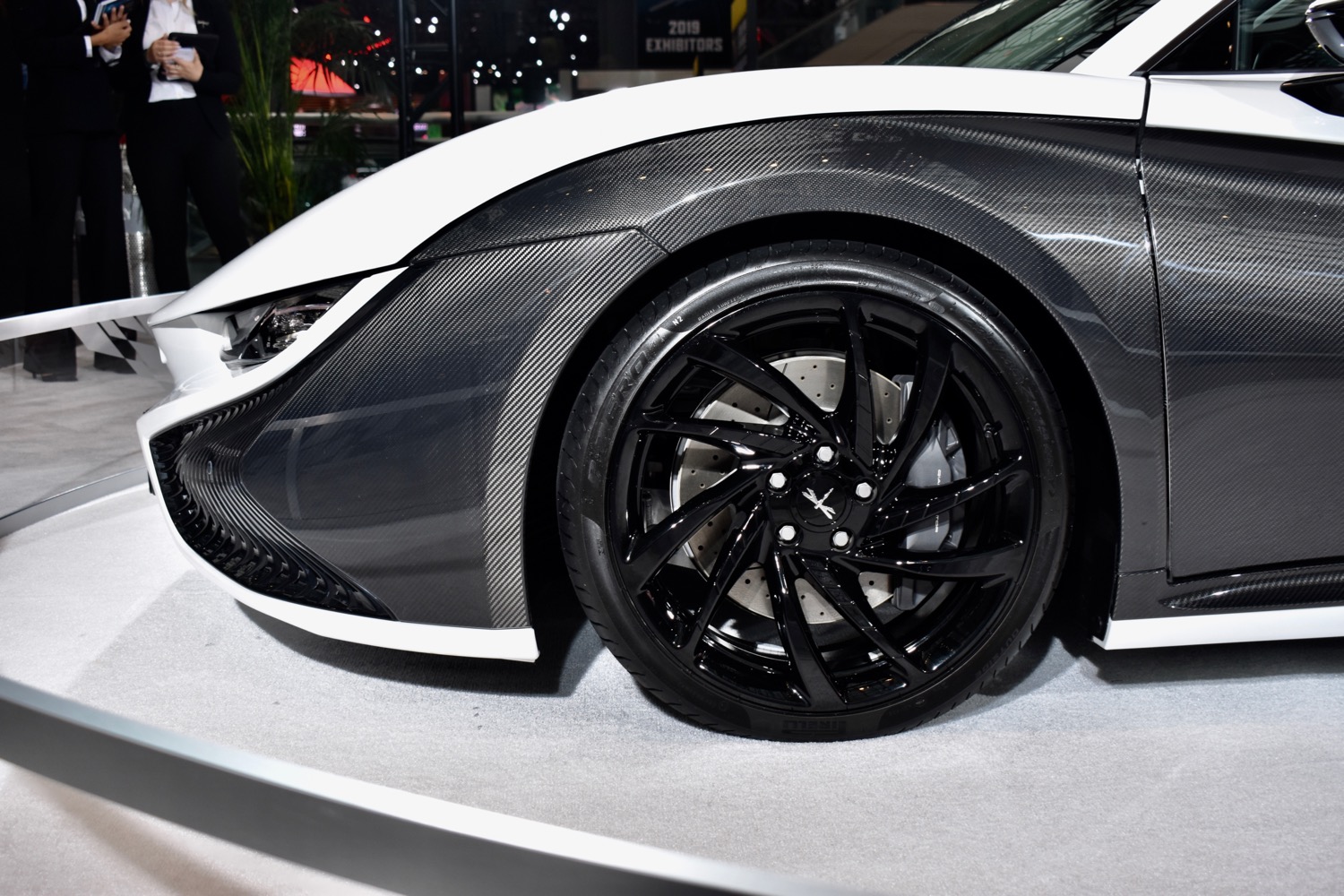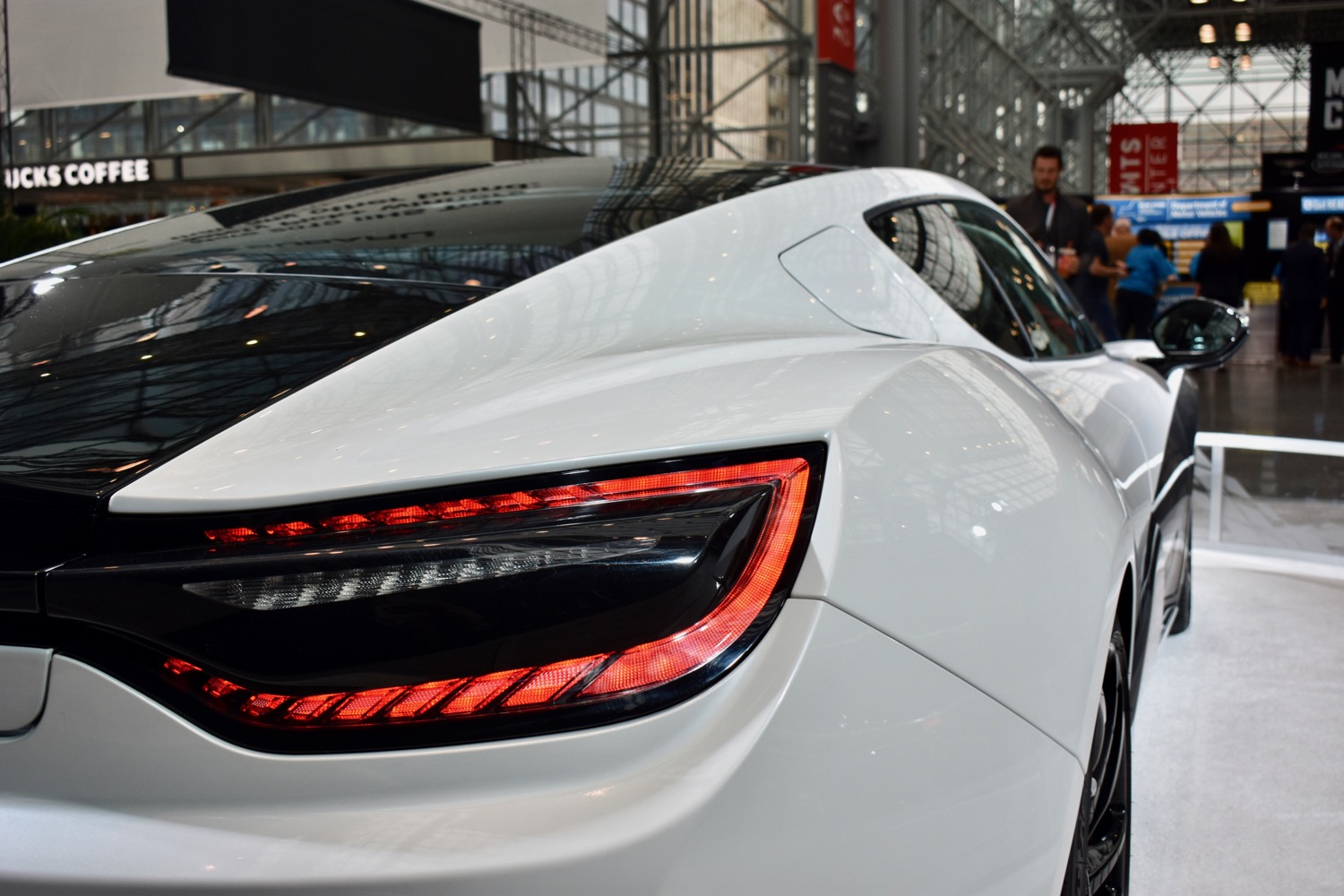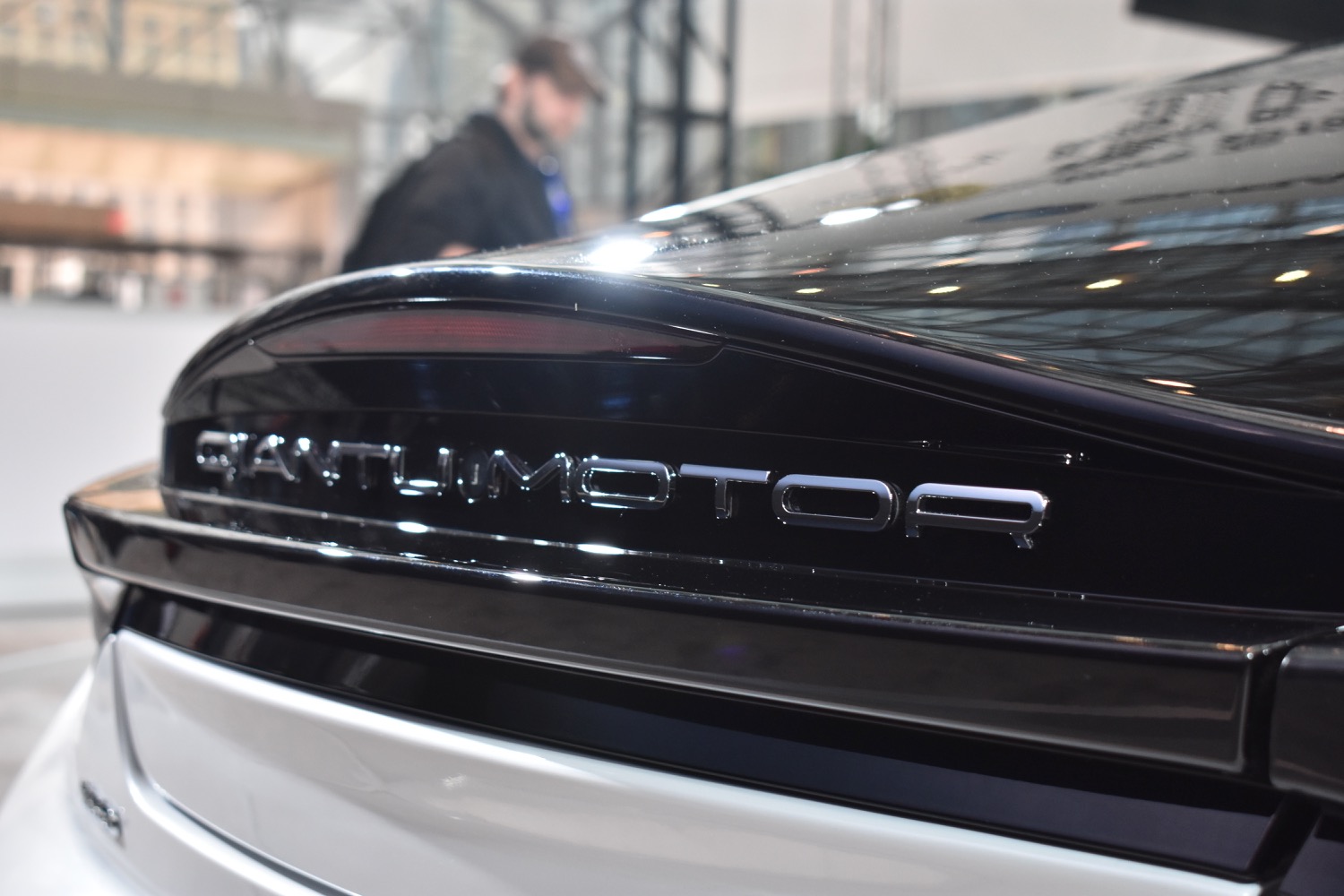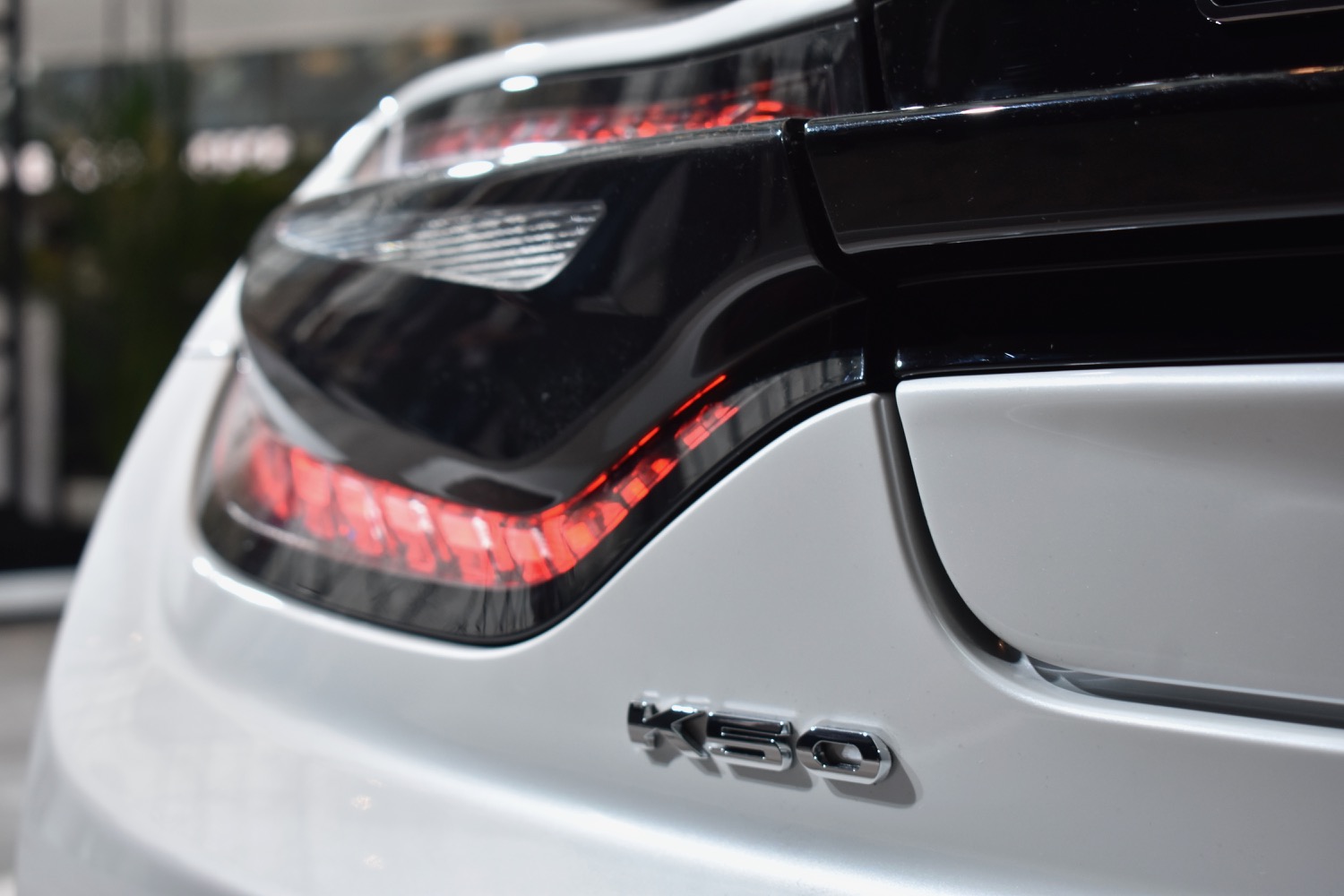California-based Mullen Technologies is yet another small company looking to sell electric cars, but it’s taking a somewhat different approach than existing startups like Faraday Future and Lucid Motors. Instead of designing a car from scratch, Mullen will take an existing Chinese electric sports car — the Qiantu K50 — and bring it to the United States. The car makes its U.S. debut at the 2019 New York Auto Show, and is expected to go on sale in 2020. Mullen then plans to follow the K50 up with its own in-house design.
“We wanted something high end,” Frank McMahon, Mullen’s CTO and chief engineer, told Digital Trends regarding the decision to team up with Qiantu. Like many companies before it, including Tesla, Mullen wants to start with a high-end, low-volume model to build interest, before moving on to a more mainstream vehicle, McMahon said. Taking an existing car and modifying it for the U.S. saves money, he noted. A sleek-looking sports car is also a good way to get attention.
Currently sold in China, the K50 features curvaceous carbon fiber bodywork over an aluminum chassis. The 29 carbon-fiber body panels save 40 pounds over steel, and 20 pounds over aluminum bodywork, according to Mullen. The styling should attract plenty of attention, although passersby might confuse the K50 with a McLaren 570S or Acura NSX.
Power comes from two electric motors. One motor powers each axle, giving the car all-wheel drive. Together, the motors produce 402 horsepower, which is enough to hurl the K50 from zero to 60 mph in “under 4.2 seconds,” with an electronically limited top speed of 125 mph, according to Mullen. The Chinese-market version of the K50 is rated at 230 miles of range, although Mullen claims it can achieve up to 310 miles “with a uniform speed.” That’s likely irrelevant in the real world, however, as maintaining consistent speed over a long enough distance is unrealistic. We’ll have to wait and see what the U.S. EPA range rating turns out to be.
Qiantu (which means “future” in Chinese) is a division of Chinese automaker CH-Auto, while Mullen currently runs several dealerships and markets a digital car-sales platform called CarHub. Mullen has dabbled in electric cars before, purchasing the remains of the defunct Coda Automotive. Coda tried to sell an electric car based on a Chinese-market small sedan, hoping to entice buyers with a low price. Coda didn’t last long before declaring bankruptcy, and Mullen subsequently set up a company to sell leftover cars and parts.
Mullen will “homologate and assemble” the K50 for the U.S. market, McMahon said. Some changes may need to be made to meet U.S. regulations, but Mullen expects the final U.S. product to be fairly close to the Chinese-market version, he said. The company has chosen the Spokane region of Washington state as the location for its factory. A 1.3 million square foot facility will assemble the cars, creating 863 jobs by 2026, according to Mullen. The facility will also house battery research and development, which will increase the job count to “nearly 3,000,” according to the company. Mullen claims to be developing an “air handling system to optimize battery cell life.”
K50 production will be limited to about 650 cars per year, with pricing likely in the $100,000-$150,000 range. Following the launch of the K50, Mullen plans to develop a “midrange” model in-house, McMahon said. But given the struggles experienced by other upstart electric-car companies, it’s far from assured that Mullen will get that far.
Update on April 25, 2019: Added confirmation of Washington state factory, and the K50’s top speed.
Editors' Recommendations
- Lexus unveils its first electric car, but it’s unlikely to be sold in the U.S.
- Lexus plugs in its electric car offensive with an innovative concept
